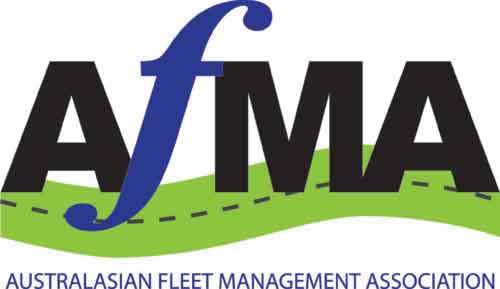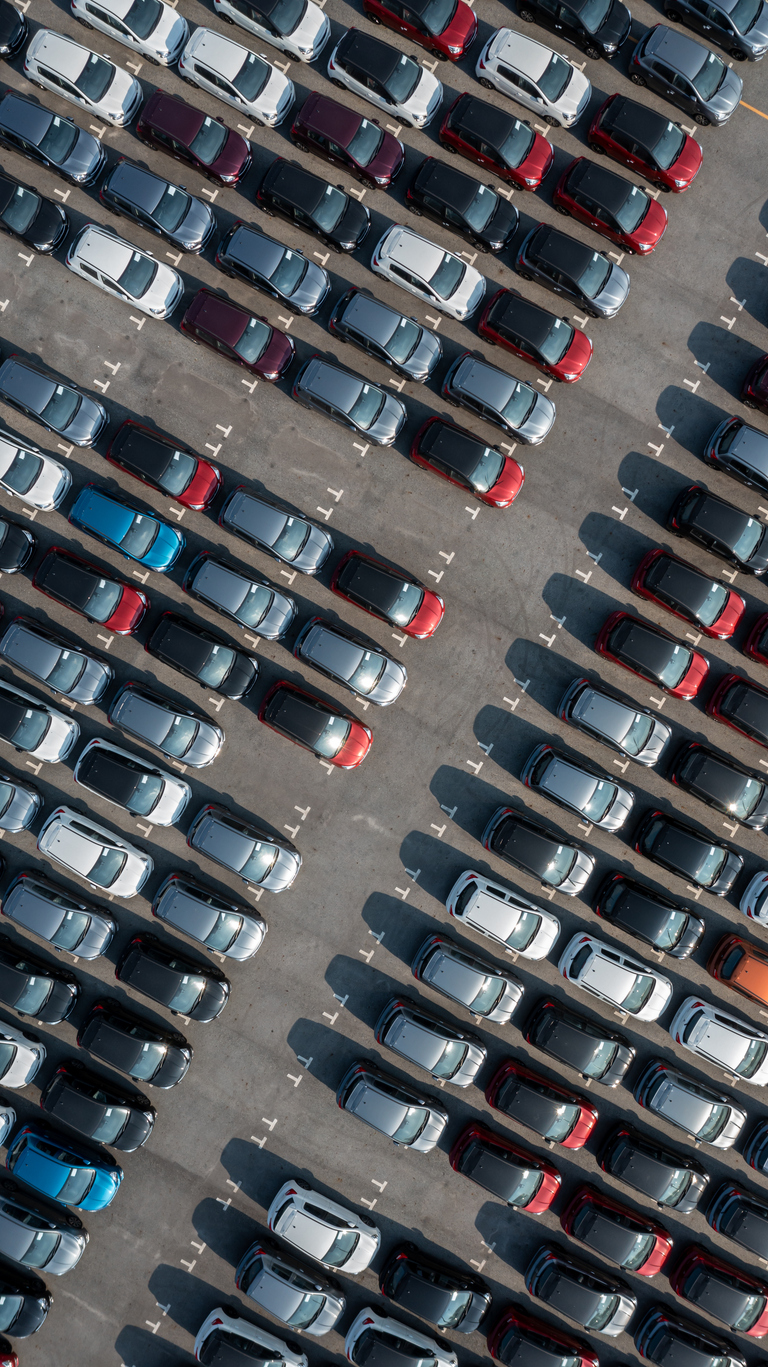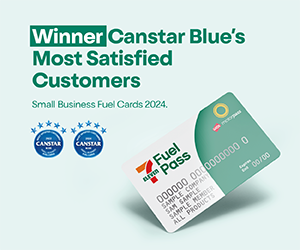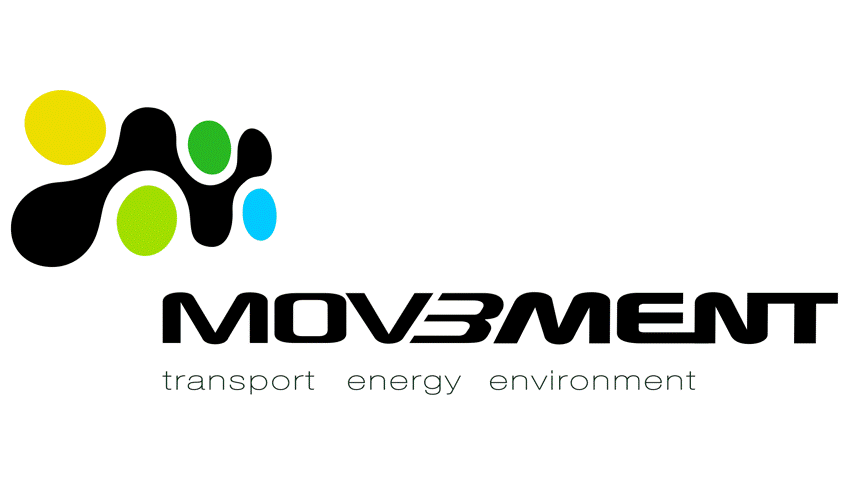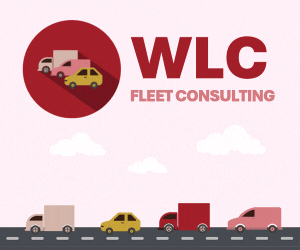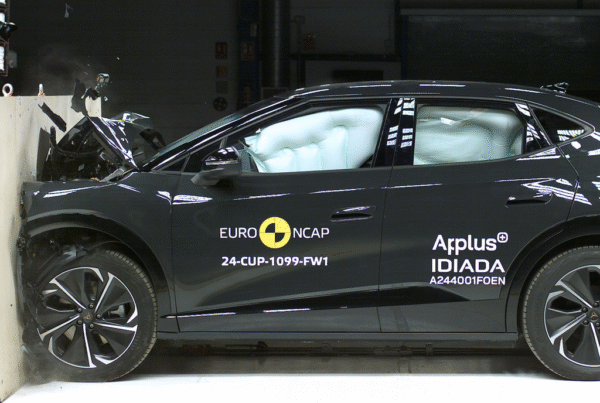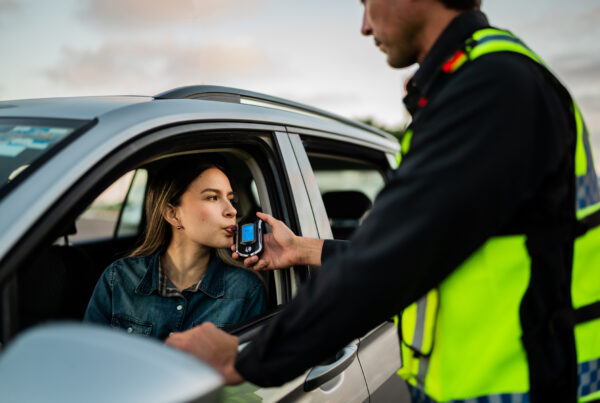Australia broke its all-time vehicle sales record in 2024 with 1,220,607 new vehicles sold in 2024. According to the Federal Chamber of Automotive Industries (FCAI), this is a slight 0.3 per cent increase over 2023. However, December sales fell by 2.7 per cent compared to the same month in 2023, with 95,895 vehicles sold.
Strong Start, Slow Finish
FCAI Chief Executive Tony Weber said sales were strong in early 2024 but slowed later in the year.
“The second half of the year showed a concerning trend with sales in the Private segment falling to very low levels as interest rates and general cost of living pressures impacted Australian families,” Weber explained.
Customers are also thinking more about environmental impacts and the costs of switching to low-emission cars, Weber said. While battery electric vehicle (BEV) sales were lower than expected, hybrids gained popularity.
“So, while the sales of battery electric vehicles are lower than expected, this is offset to a degree by an increasing number of buyers turning to hybrid and plug-in hybrid models, which make up 14.1 per cent and 1.9 per cent of the total market respectively,” he added.
SUVs and Utes Dominate
Weber said SUVs and light commercial vehicles, like utes, remain the top choices for Australians. But these vehicles are expensive to decarbonise, which could make it harder to meet the Government’s new emissions rules, known as the New Vehicle Efficiency Standard (NVES).
“This will prove to be a significant challenge in meeting the extremely ambitious targets of the New Vehicle Efficiency Standard (NVES) which began on 1 January 2025,” Weber said.
Global Challenges with EV Sales
Australia isn’t alone in facing slow battery electric vehicle (EV) sales. Weber pointed out that other major markets like the UK, Europe, and the USA are also struggling.
“Governments around the world have set regulations that are ahead of available zero emissions technologies, and this is impacting both car makers and consumers,” Weber said.
He called on the Australian Government to help by improving EV charging infrastructure and extending tax breaks for plug-in hybrids.
“The Commonwealth Government should apply revenue raised through NVES penalties to recharging infrastructure,” Weber suggested.
He also urged the Government to “support its emissions reduction policies by considering ongoing consumer support such as a continuation of the FBT exemption for plug-in hybrid vehicles.”
“If consumers do not want, cannot afford, or cannot find new low-emission vehicles that meet their needs, then no amount of effort from governments and car makers will make a difference,” Weber warned.
Market Trends
Toyota was Australia’s best-selling brand in 2024, selling 241,296 vehicles and holding a 19.8 per cent market share. Ford came second with 100,170 sales, followed by Mazda with 95,987.
In December, the Toyota RAV4 was the top-selling model with 5,119 sales. It was followed by the Ford Ranger (4,493) and Toyota HiLux (3,333).
December sales varied by state. the Australian Capital Territory were down 8.9 per cent on December 2023 to 1,221; New South Wales was down 1.7 per cent to 28,200; Northern Territory was down 10.6 per cent to 664; Queensland decreased 4.4 per cent to 20,259; South Australia also decreased by 13.5 per cent to 6,175; Tasmania had a decrease of 11.5 per cent to 1,862; Victoria decreased 2.7 per cent to 26,755 and Western Australia increased 9.2 per cent to 10,759.
Did you find this article interesting? Click the ‘heart’ button above to give it a ‘like’!
